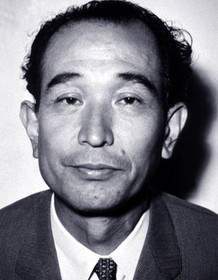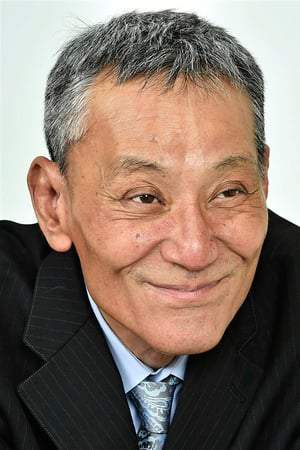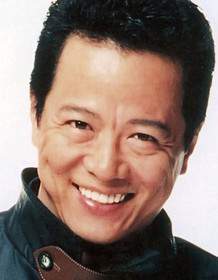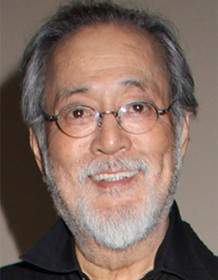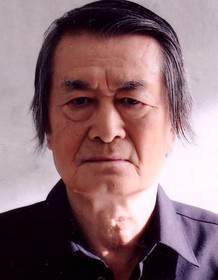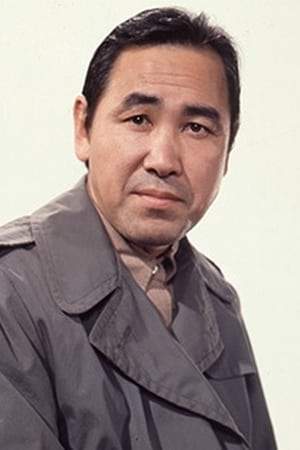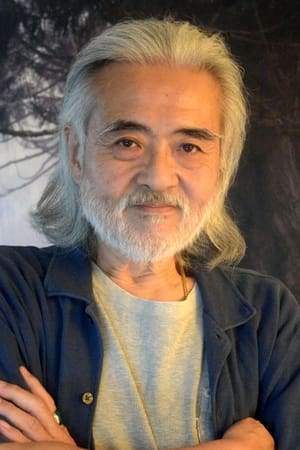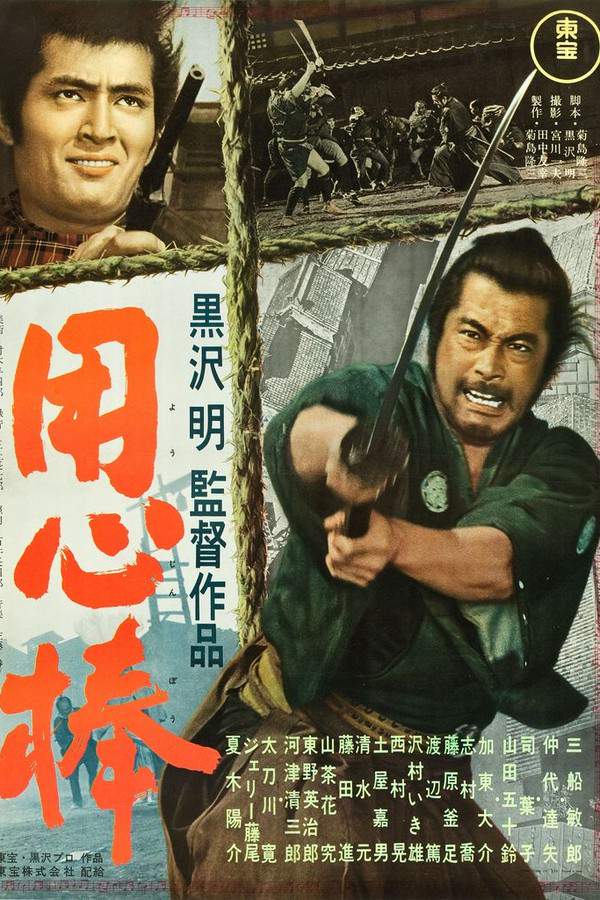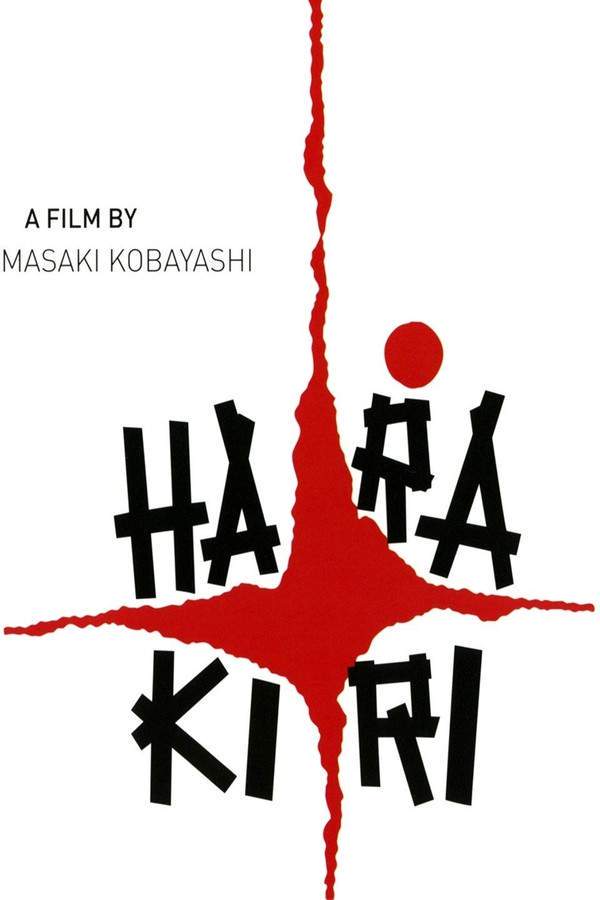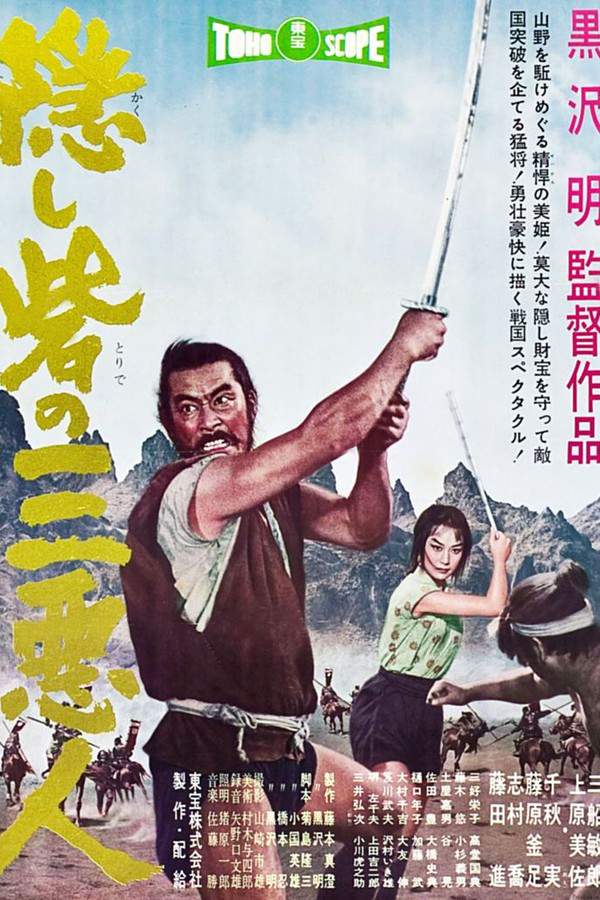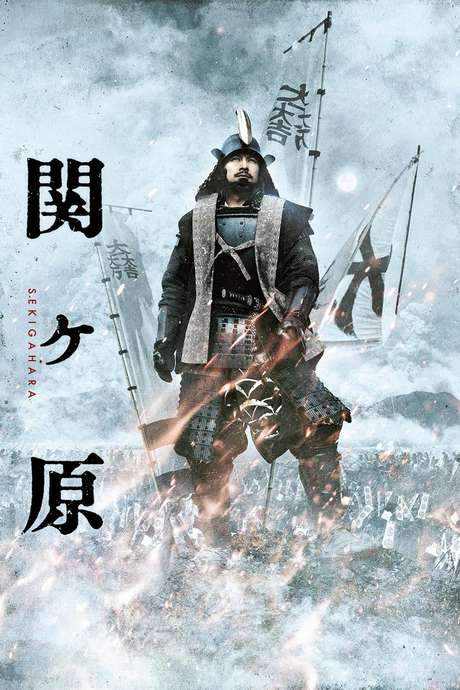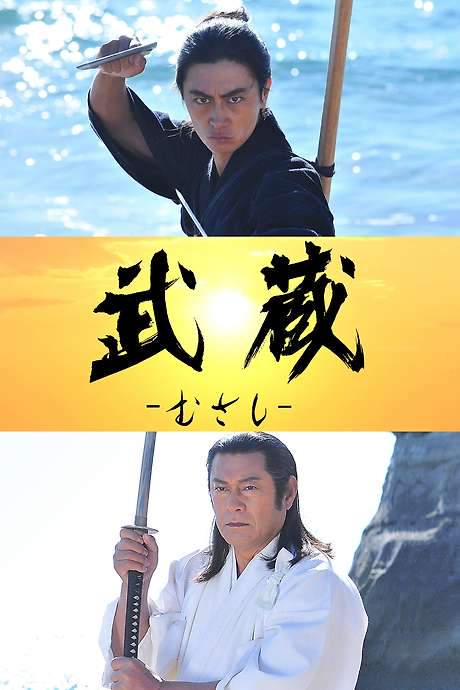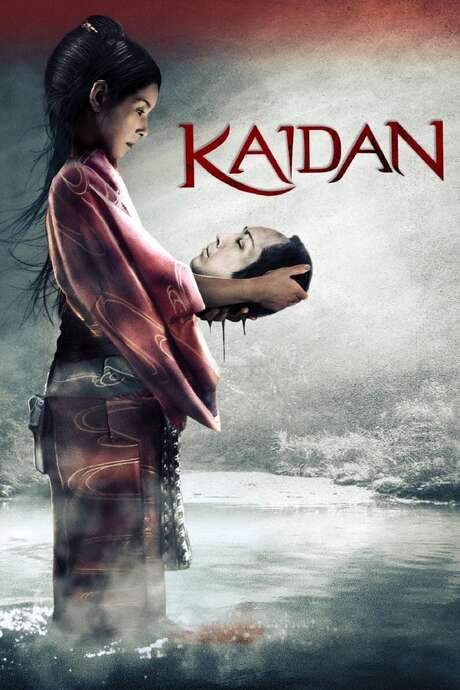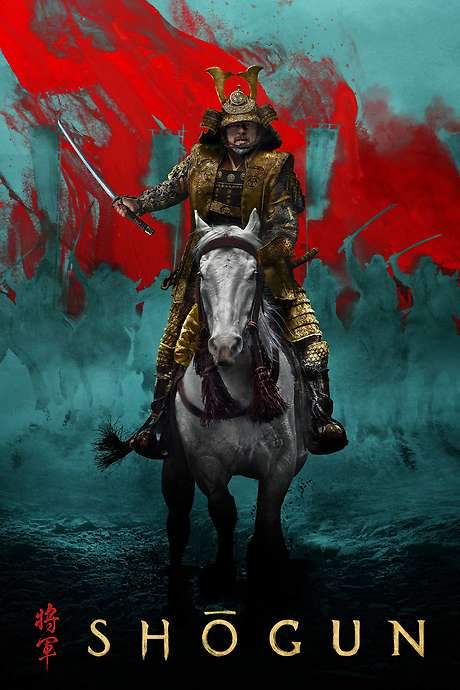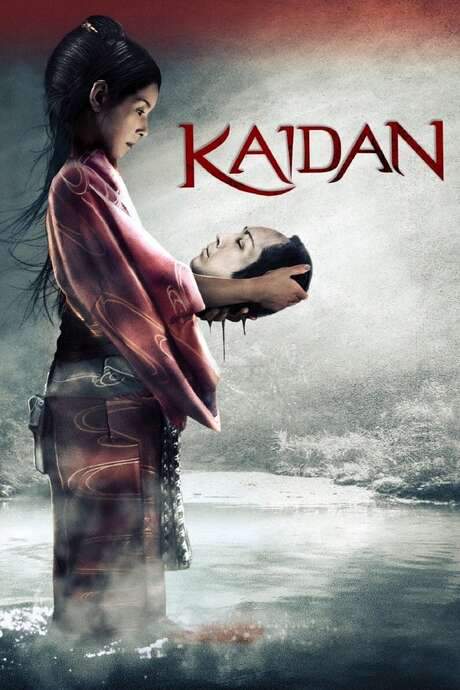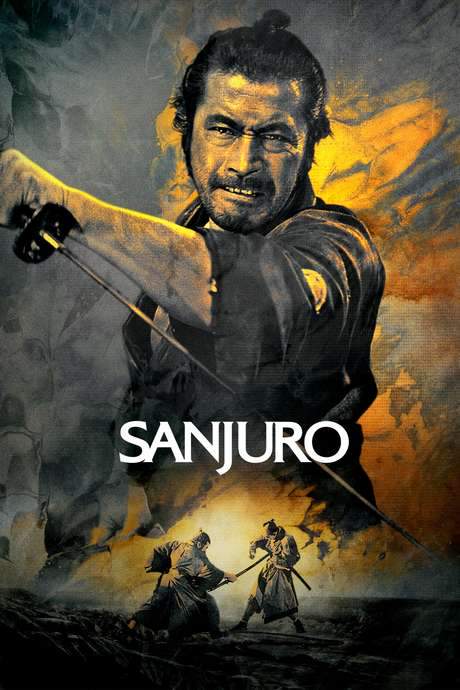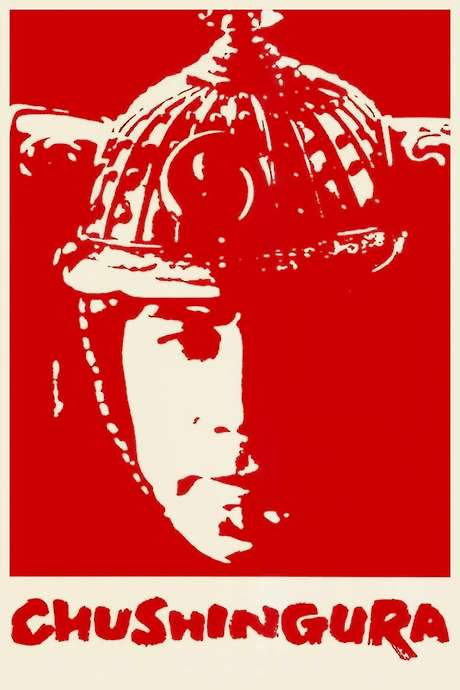Kagemusha 1980

During a time of war, a petty criminal’s uncanny resemblance to a deceased powerful warlord leads him to be recruited to impersonate the man. As the Kagemusha, or "shadow warrior," he’s tasked with deceiving enemies and maintaining the illusion of the warlord’s continued presence. However, he soon finds himself entangled in genuine political intrigue and must grapple with the immense responsibility and danger of his deception, all while fearing exposure and the consequences it would bring.
Does Kagemusha have end credit scenes?
No!
Kagemusha does not have end credit scenes. You can leave when the credits roll.
Meet the Full Cast and Actors of Kagemusha
Explore the complete cast of Kagemusha, including both lead and supporting actors. Learn who plays each character, discover their past roles and achievements, and find out what makes this ensemble cast stand out in the world of film and television.
External Links and Streaming Options
Discover where to watch Kagemusha online, including streaming platforms, rental options, and official sources. Compare reviews, ratings, and in-depth movie information across sites like IMDb, TMDb, Wikipedia or Rotten Tomatoes.
Ratings and Reviews for Kagemusha
See how Kagemusha is rated across major platforms like IMDb, Metacritic, and TMDb. Compare audience scores and critic reviews to understand where Kagemusha stands among top-rated movies in its genre.

84
Metascore
7.8
User Score


89%
TOMATOMETER

92%
User Score

7.9 /10
IMDb Rating

78
%
User Score
Take the Ultimate Kagemusha Movie Quiz
Challenge your knowledge of Kagemusha with this fun and interactive movie quiz. Test yourself on key plot points, iconic characters, hidden details, and memorable moments to see how well you really know the film.
Kagemusha Quiz: Test your knowledge about the classic film 'Kagemusha' and its gripping story set in Japan's Sengoku period.
What year does the movie 'Kagemusha' take place?
1565
1570
1571
1575
Show hint
Awards & Nominations for Kagemusha
Discover all the awards and nominations received by Kagemusha, from Oscars to film festival honors. Learn how Kagemusha and its cast and crew have been recognized by critics and the industry alike.
34th British Academy Film Awards 1981
Full Plot Summary and Ending Explained for Kagemusha
Read the complete plot summary of Kagemusha, including all major events, twists, and the full ending explained in detail. Explore key characters, themes, hidden meanings, and everything you need to understand the story from beginning to end.
During the tumultuous Sengoku period in 1571, the powerful daimyō of the Takeda clan, Takeda Shingen, encounters a thief whose life was spared from crucifixion by his brother Nobukado, due to the remarkable resemblance the thief bears to Shingen. A strategic decision follows—the brothers agree that the thief can serve as a kagemusha, or political decoy. As the Takeda army is engaged in a siege against a castle governed by Tokugawa Ieyasu, Shingen is tragically shot while enraptured by the haunting sound of a flute from the enemy camp. In a desperate move, he orders a retreat and instructs his generals to conceal his death for a mere three years before he ultimately succumbs to his injury. Meanwhile, rivals including Oda Nobunaga, Tokugawa Ieyasu, and Uesugi Kenshin begin to ponder the ramifications of Shingen’s withdrawal, blissfully ignorant of his demise.
Nobukado introduces the thief to Shingen’s generals with the proposal to have him impersonate Shingen continuously. Initially unaware of the gravity of Shingen’s condition, the thief inadvertently discovers the warlord’s preserved body encased in a large jar, mistakenly presuming it to be a treasure trove. As mistrust arises among the generals, they decide to release the impostor. In a turn of events, the jar is carelessly dropped into the depths of Lake Suwa, witnessed by spies from Tokugawa and Oda forces who quickly suspect that Shingen may have passed away. However, the clever thief, eavesdropping on the spies, returns to the Takeda army with an offer to continue serving as kagemusha. The Takeda clan spins a tale, claiming that they were merely performing a ritual of sake for the lake’s god, and the spies are ultimately convinced of the deception by the thief’s performance.
Returning to the Takeda stronghold, the kagemusha adeptly fools Shingen’s retinue through imitation of the late warlord’s mannerisms while increasingly learning about him. When faced with a clan meeting, Nobukado advises the kagemusha to remain silent until a consensus is reached among the generals. The kagemusha would then simply agree with their plans and dismiss the council. However, Shingen’s son Katsuyori, frustrated with the imposed three-year charade that postpones his claim to leadership, tests the kagemusha in front of the council where many still remain oblivious to Shingen’s demise. The kagemusha, rising to the occasion, provides answers in Shingen’s characteristic style, leaving the generals even more impressed.
By 1573, Nobunaga mobilizes his forces against Azai Nagamasa, continuing his campaign to secure Kyoto amid rising opposition. As the Tokugawa and Oda forces strike at the Takeda, Katsuyori disregards the counsel of his generals and launches a counter-attack. In a gripping moment, the kagemusha is compelled to lead the troops in the Battle of Takatenjin, where his charismatic leadership inspires a victorious outcome. However, caught in a surge of overconfidence, the kagemusha attempts to ride Shingen’s notoriously unpredictable horse and is unceremoniously thrown off. Observers quickly recognize he lacks Shingen’s battle scars, and he is subsequently unmasked as an impostor, leading to his disgrace and Katsuyori’s ascendancy to clan leadership. Sensing an opportunity in the Takeda clan’s weakened state, the Oda and Tokugawa forces boldly launch a full-scale offensive into Takeda territory.
By 1575, with Katsuyori firmly at the helm of the Takeda army, he spearheads a counter-assault against Nobunaga at Nagashino. Despite the bravery displayed in their attack, multiple waves of Takeda cavalry and infantry face devastation from the relentless musket fire of the Oda arquebusiers, leading to the near annihilation of the Takeda forces. Following closely behind, the kagemusha, driven by desperation, seizes a spear and charges toward the Oda lines, only to be struck down. Mortally wounded, he struggles to recover the distinguished fūrinkazan banner that has fallen into a turbulent river, but ultimately succumbs to his injuries, his body swept away by the current.
Uncover the Details: Timeline, Characters, Themes, and Beyond!

Coming soon on iOS and Android
The Plot Explained Mobile App
From blockbusters to hidden gems — dive into movie stories anytime, anywhere. Save your favorites, discover plots faster, and never miss a twist again.
Sign up to be the first to know when we launch. Your email stays private — always.
Watch Trailers, Clips & Behind-the-Scenes for Kagemusha
Watch official trailers, exclusive clips, cast interviews, and behind-the-scenes footage from Kagemusha. Dive deeper into the making of the film, its standout moments, and key production insights.
Kagemusha Themes and Keywords
Discover the central themes, ideas, and keywords that define the movie’s story, tone, and message. Analyze the film’s deeper meanings, genre influences, and recurring concepts.
Kagemusha Other Names and Titles
Explore the various alternative titles, translations, and other names used for Kagemusha across different regions and languages. Understand how the film is marketed and recognized worldwide.
Similar Movies To Kagemusha You Should Know About
Browse a curated list of movies similar in genre, tone, characters, or story structure. Discover new titles like the one you're watching, perfect for fans of related plots, vibes, or cinematic styles.
Quick Links: Summary, Cast, Ratings, More

What's After the Movie?
Not sure whether to stay after the credits? Find out!
Explore Our Movie Platform
New Movie Releases (2026)
Famous Movie Actors
Top Film Production Studios
Movie Plot Summaries & Endings
Major Movie Awards & Winners
Best Concert Films & Music Documentaries
Movie Collections and Curated Lists
© 2026 What's After the Movie. All rights reserved.



